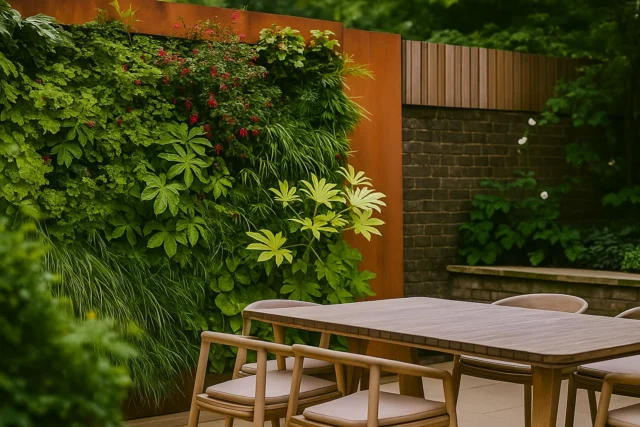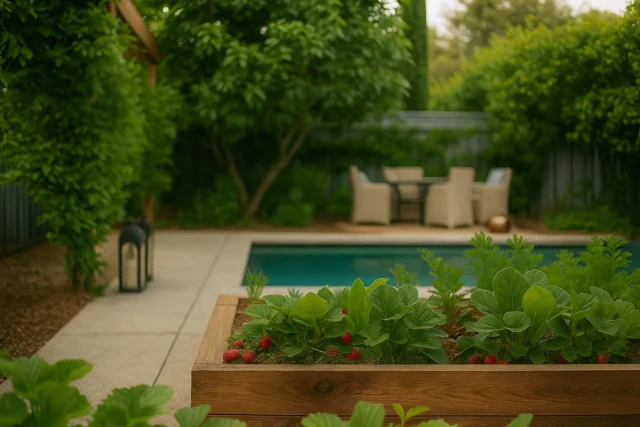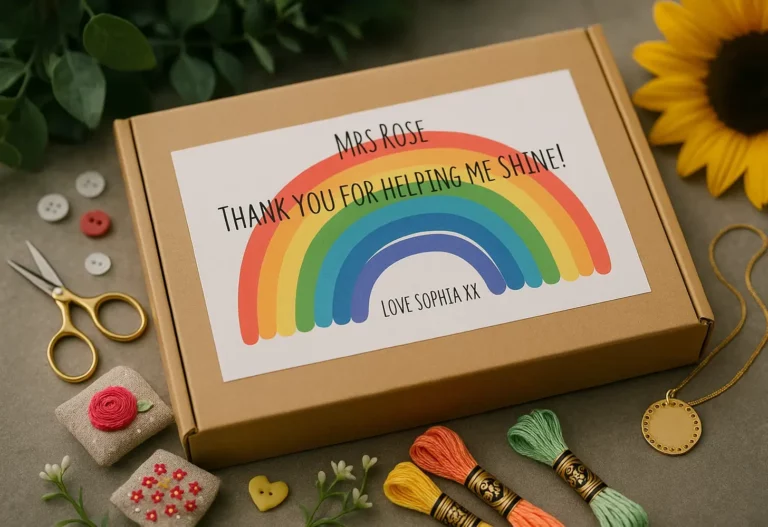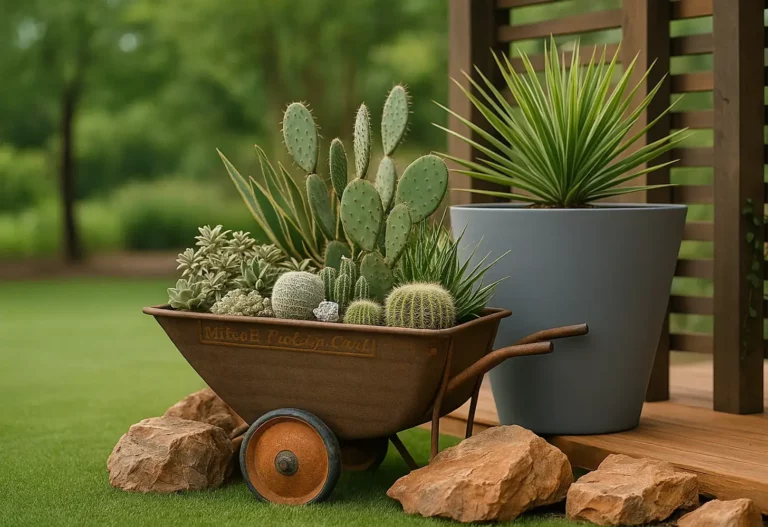You might think preparing a salad ahead of time means sacrificing freshness, but that’s not necessarily true. By choosing the right ingredients and using proper storage techniques, you can create a salad that stays crisp and flavorful. Start with sturdy greens and layer your ingredients wisely. Keeping dressings separate is essential, too, but there’s more to it than just that. If you’re curious about how to make your salads last longer without losing their appeal, the next steps could change the way you approach meal prep.
Table of Contents
Toggle
Choosing the Right Ingredients
When you’re preparing to make a salad ahead of time, choosing the right ingredients is essential for both flavor and freshness.
Start with a solid base of leafy greens like spinach, kale, or arugula, ensuring they stay crisp.
Then, layer in vibrant vegetables such as bell peppers, carrots, and broccoli for texture and color.
Consider adding grains or beans, like quinoa or chickpeas, which provide heartiness and protein.
Don’t forget about proteins—grilled chicken, tuna, or tofu can elevate your salad.
To finish, incorporate healthy fats like avocado or nuts for richness. Healthy fats in dressings enhance nutrient absorption from vegetables, making your salad even more nutritious.
This thoughtful selection of ingredients not only enhances taste but also keeps your salad fresh longer, making meal prep a breeze!
Prepping Your Greens
Your greens’ freshness is essential for a delicious salad, so prepping them properly makes all the difference. Choose firm greens like kale, romaine lettuce, cabbage, or Swiss chard, as they hold up well. Avoid baby spinach and softer greens to prevent sogginess.
Tear your greens into bite-sized pieces, ensuring they’re completely dry before storing. Use a salad spinner or paper towel to remove excess moisture. Store your greens in airtight containers to maintain their crispness. Keep them separate from dressings and other ingredients. Incorporate sturdy greens into your salads to enhance their longevity and resilience throughout the week.
If you want to add softer greens later, mix them with firmer ones to balance textures. Always check for freshness before use and replace any wilting greens promptly to keep your salad vibrant.

Layering for Freshness
Layering for freshness is essential in creating a salad that stays crisp and delicious. Start with firm greens like kale or romaine as your base, tearing them into bite-sized pieces. Avoid softer greens like spinach until just before serving to prevent sogginess.
Next, add hearty ingredients such as cucumbers and carrots, then layer in firm vegetables like celery and broccoli, ensuring they’re chopped uniformly and patted dry to eliminate excess moisture. Using sturdy greens can significantly enhance the longevity of your salad.
Incorporate proteins and grains above the firm vegetables, making sure they’re fully cooked and cooled.
Ideal Storage Solutions
Keeping your salad fresh and flavorful hinges on choosing the right storage solutions. Opt for containers designed to maximize freshness and maintain texture.
Consider using:
- Bentgo Salad Container: Perfect for organized toppings and a leak-proof sauce compartment.
- Rubbermaid FreshWorks Produce Saver: Keeps your greens crisp with ideal airflow and humidity control.
- EasyLunchboxes Salad To-Go Containers: Ideal for meal prep, ensuring convenience wherever you are. The Bentgo Salad container includes a 54 oz salad bowl, which is perfect for holding a substantial amount of your favorite ingredients.
To enhance freshness, look for containers with built-in colanders and adjustable vents.
Storing greens with paper towels can extend their life, while airtight lids prevent spoilage.

Best Dressing Practices
When prepping salads ahead of time, the way you handle dressings can make a significant difference in maintaining freshness.
Always store dressings separately to prevent sogginess; using mason jars or containers works best. Label and date them, and keep them in the fridge until you’re ready to eat.
Add dressing just before serving for maximum crispness, especially with softer greens like spinach. For firmer greens, like kale, you can dress them on prep day.
When tossing the salad, do it gently to avoid bruising. If you’re using layered containers, put the dressing at the bottom, followed by hearty ingredients, and finish with greens on top. This method helps keep everything fresh and enjoyable. Additionally, remembering to store salads properly can further enhance their quality and longevity.













